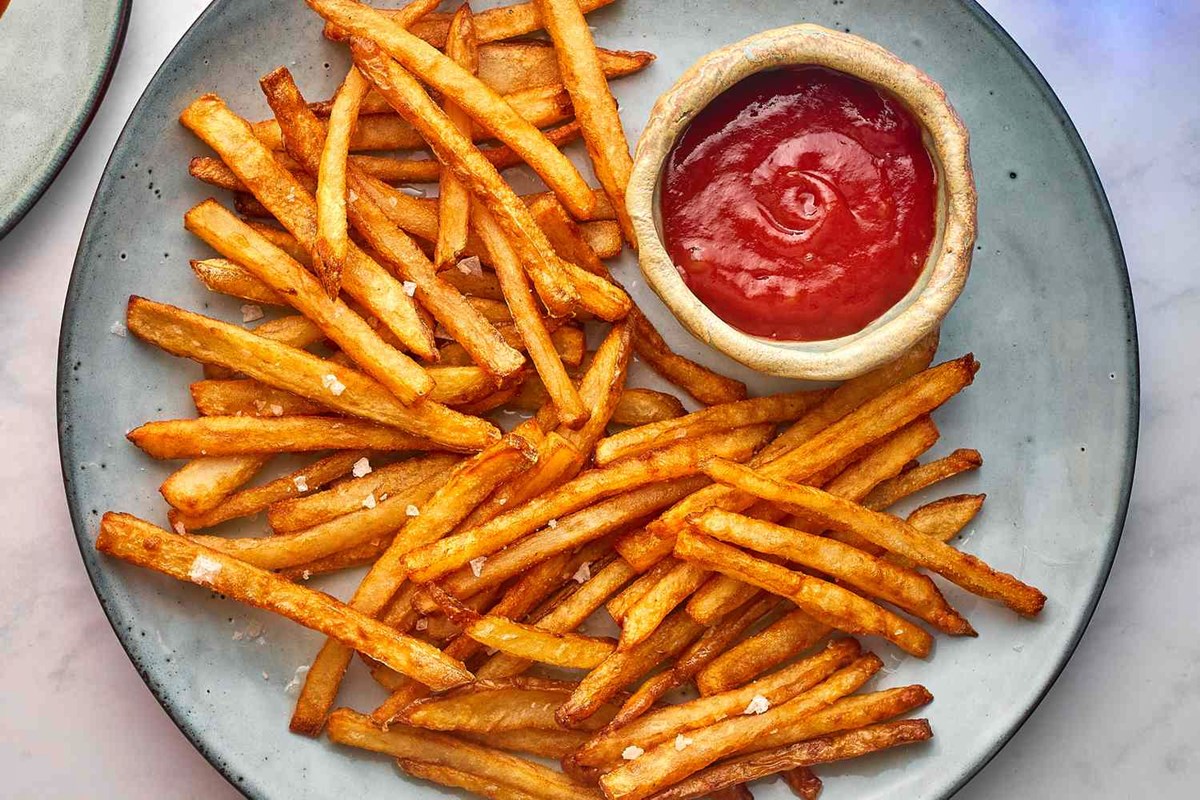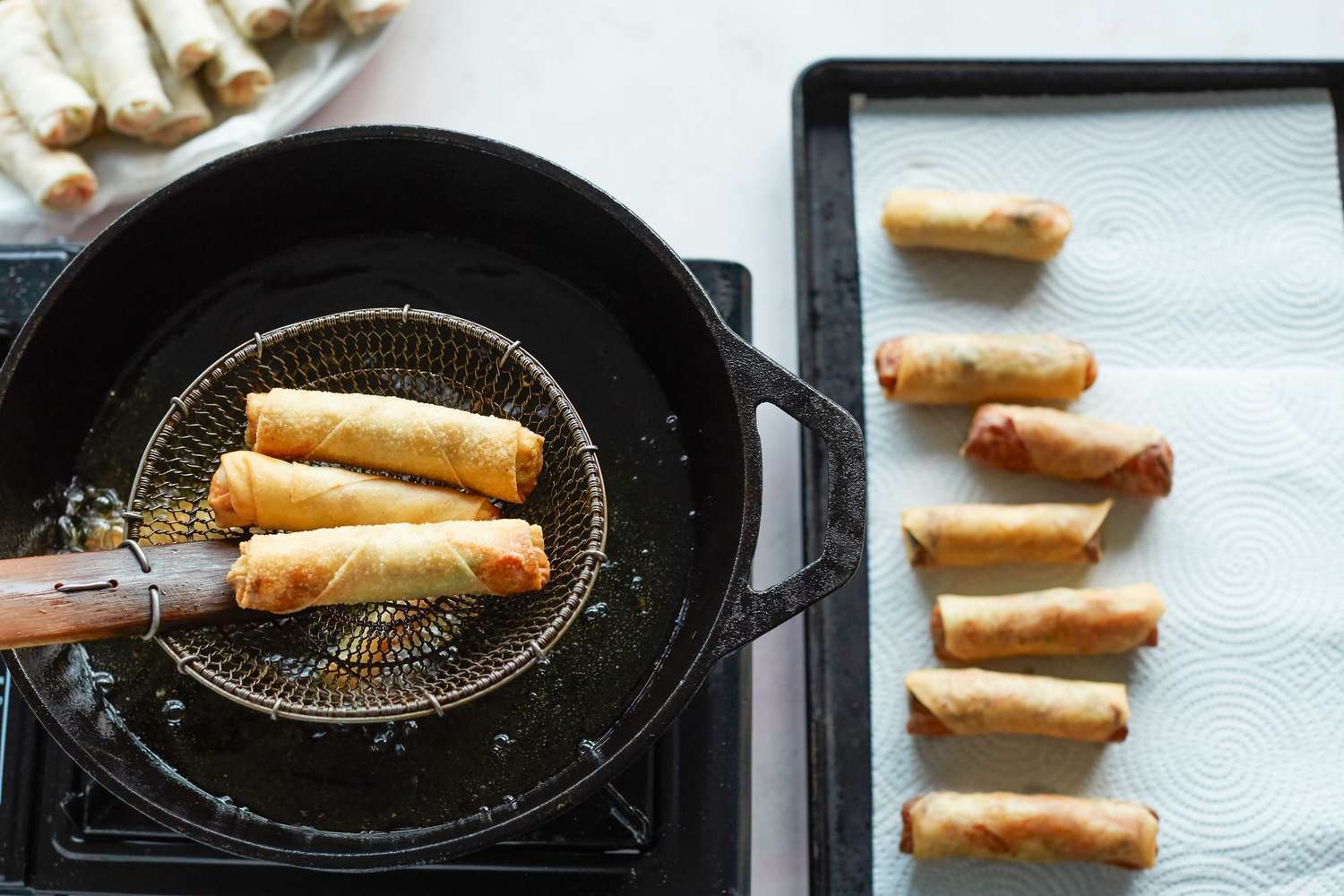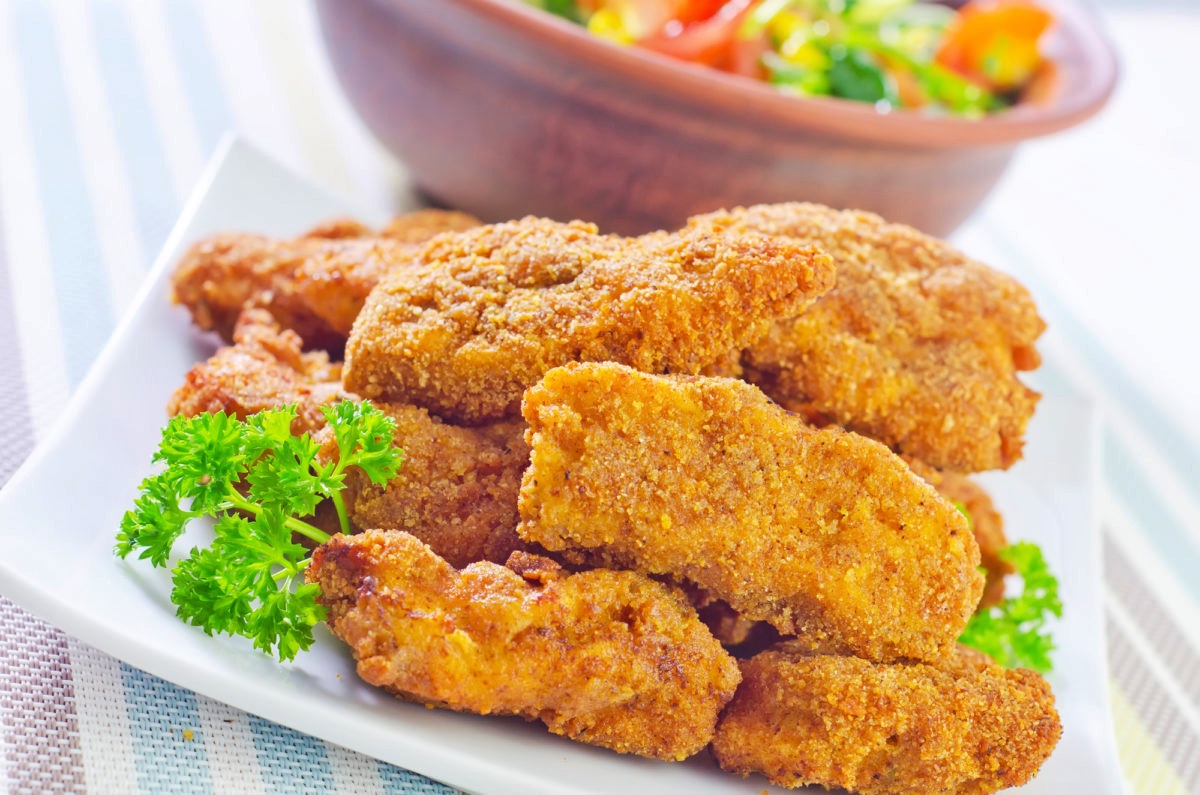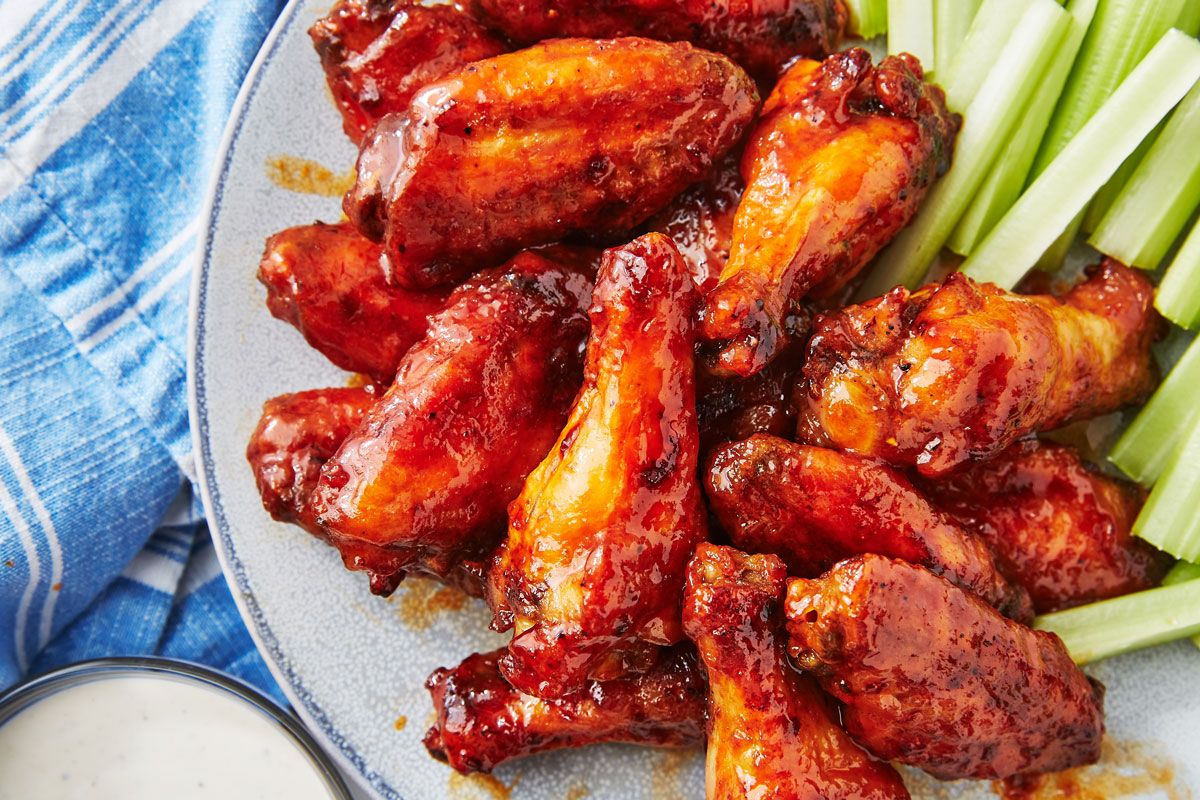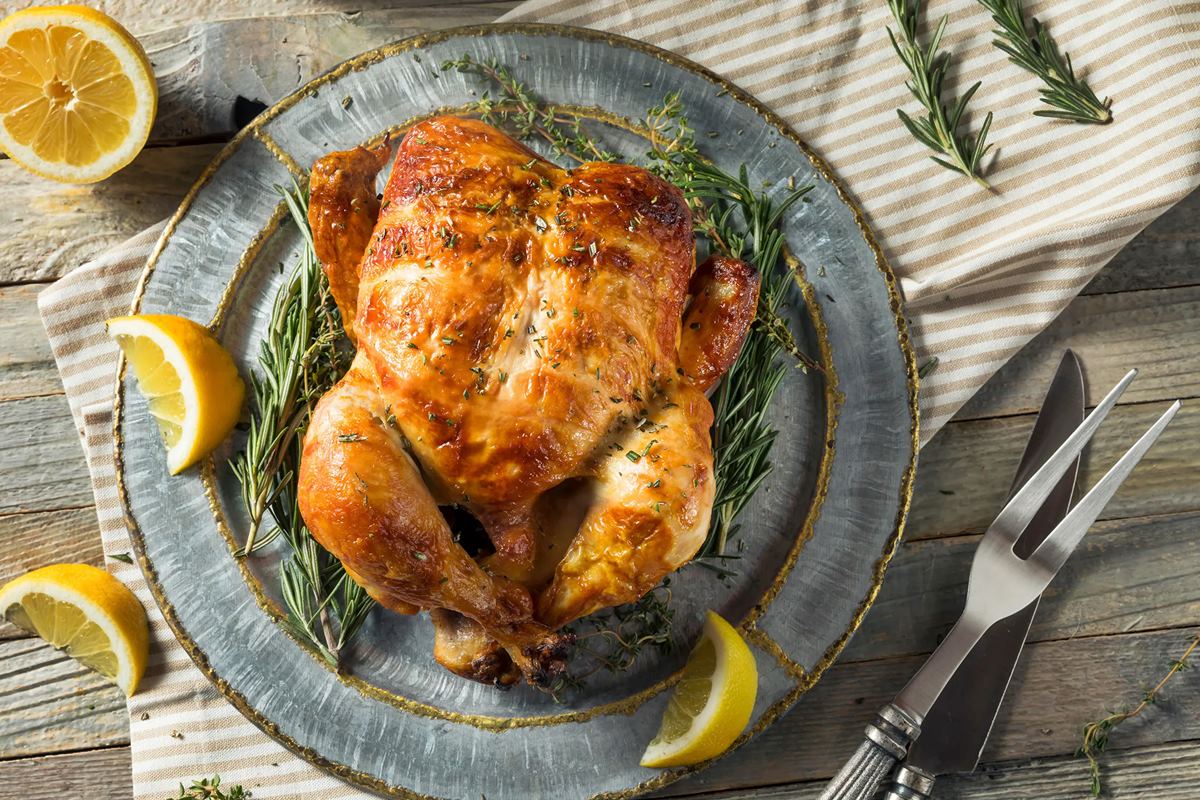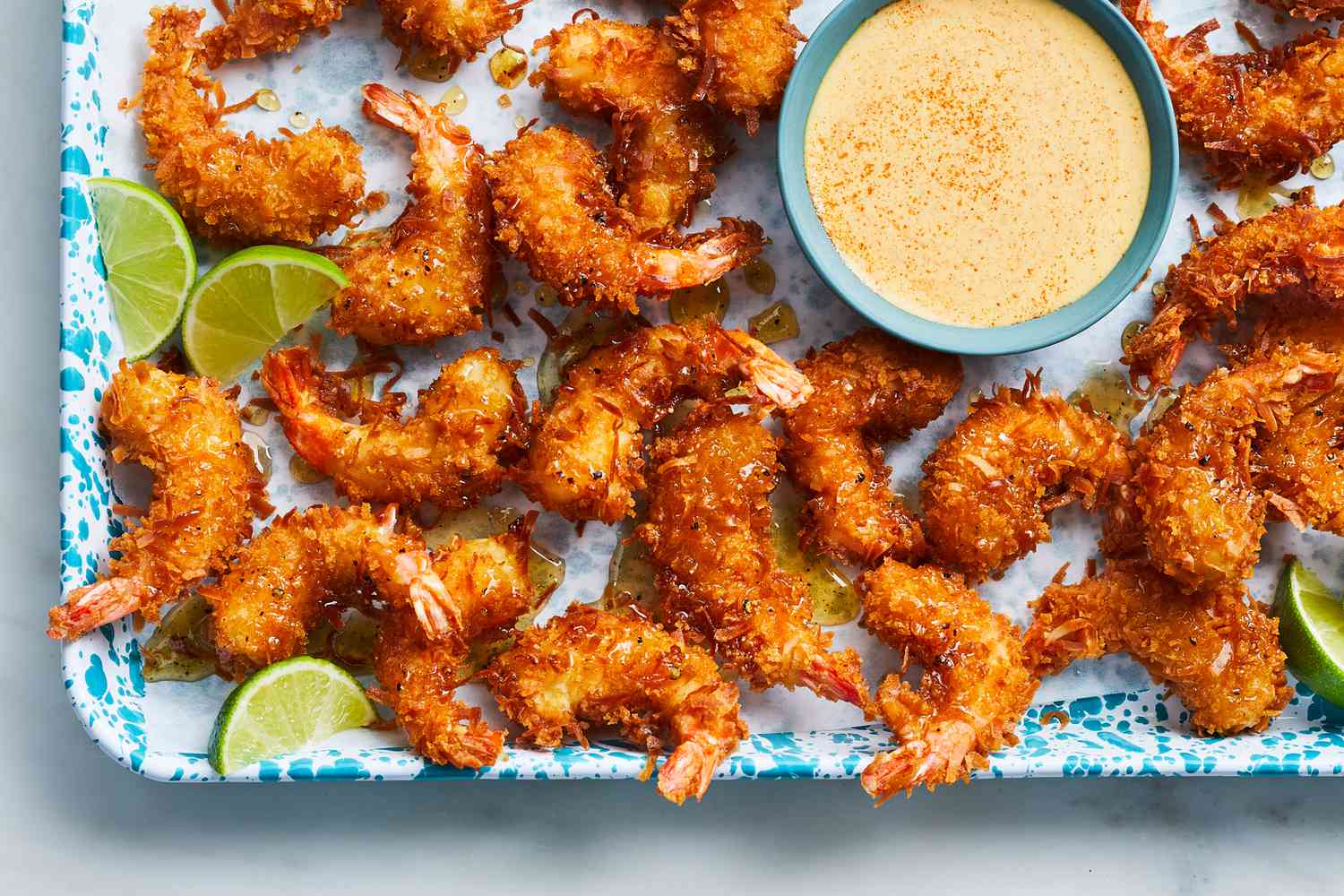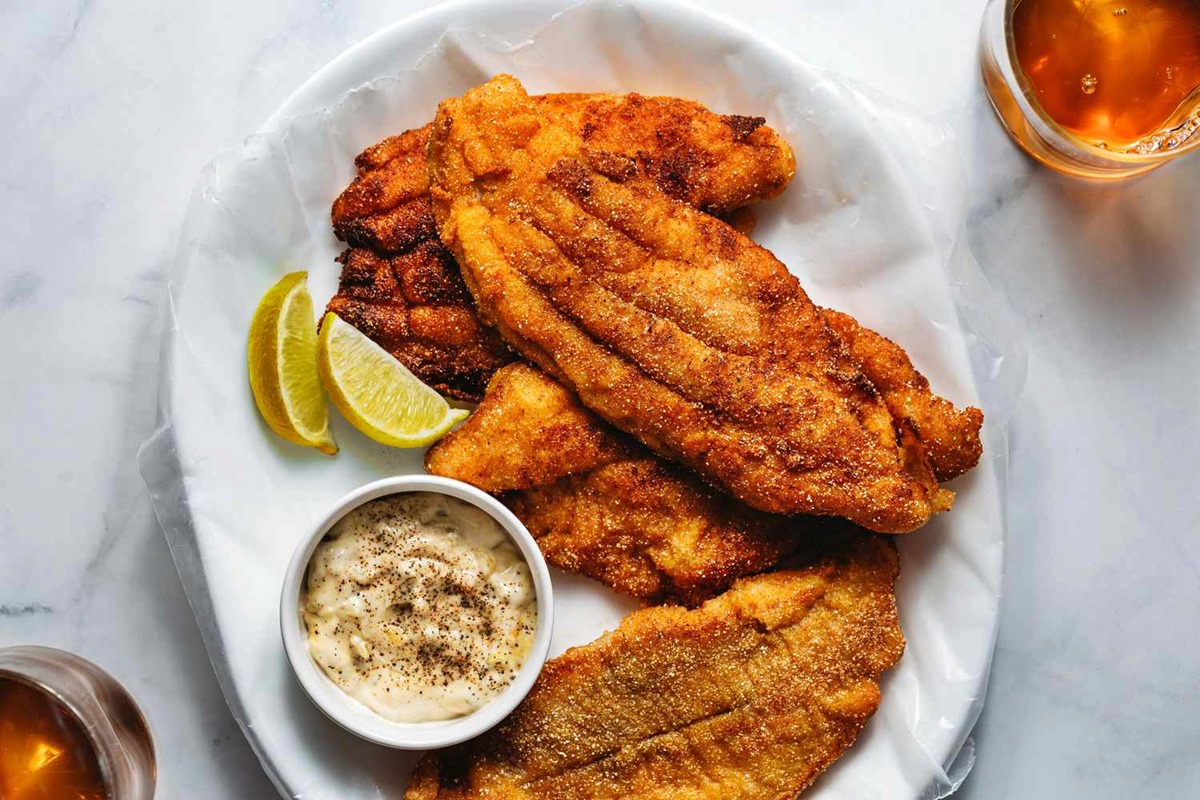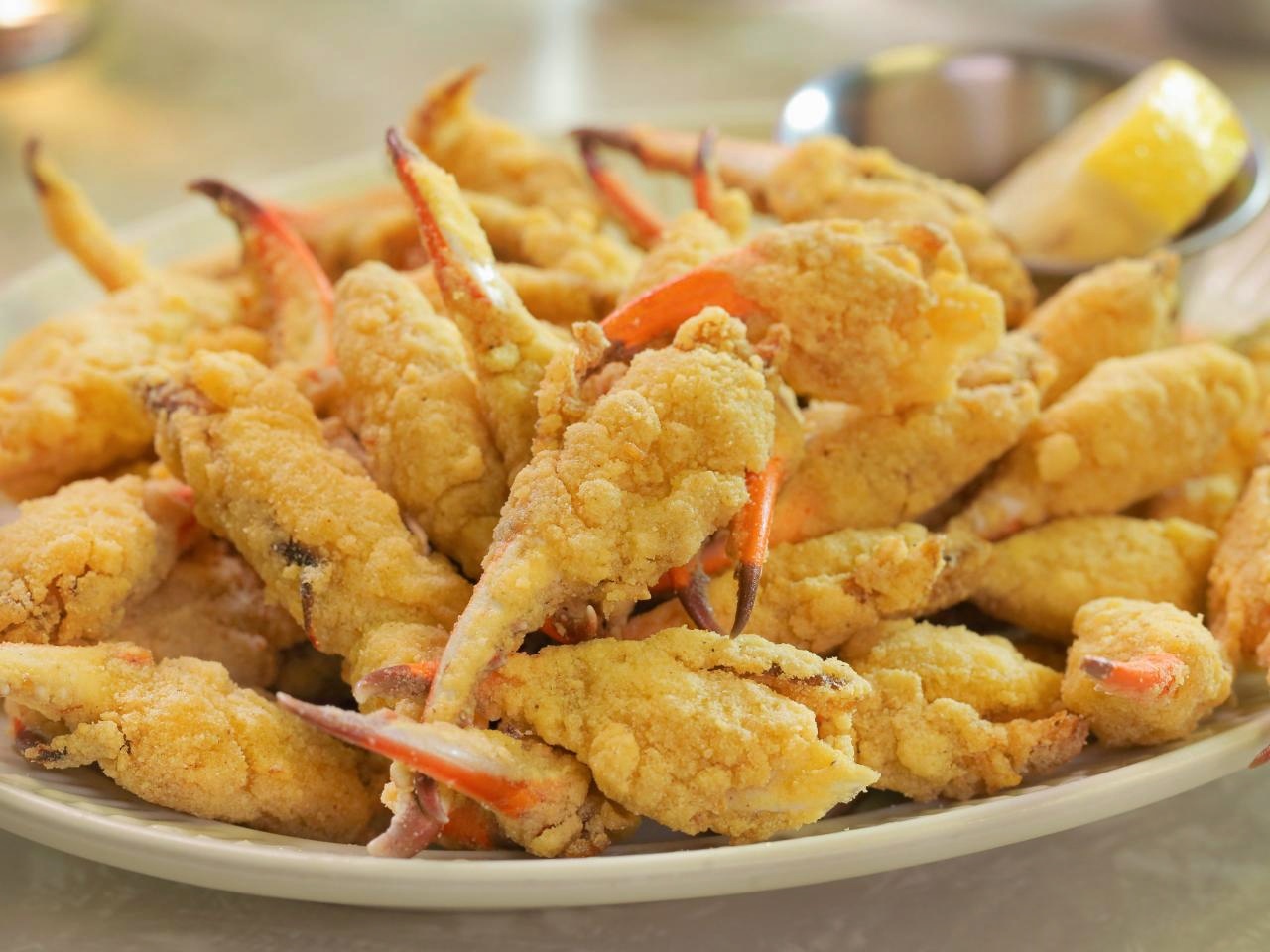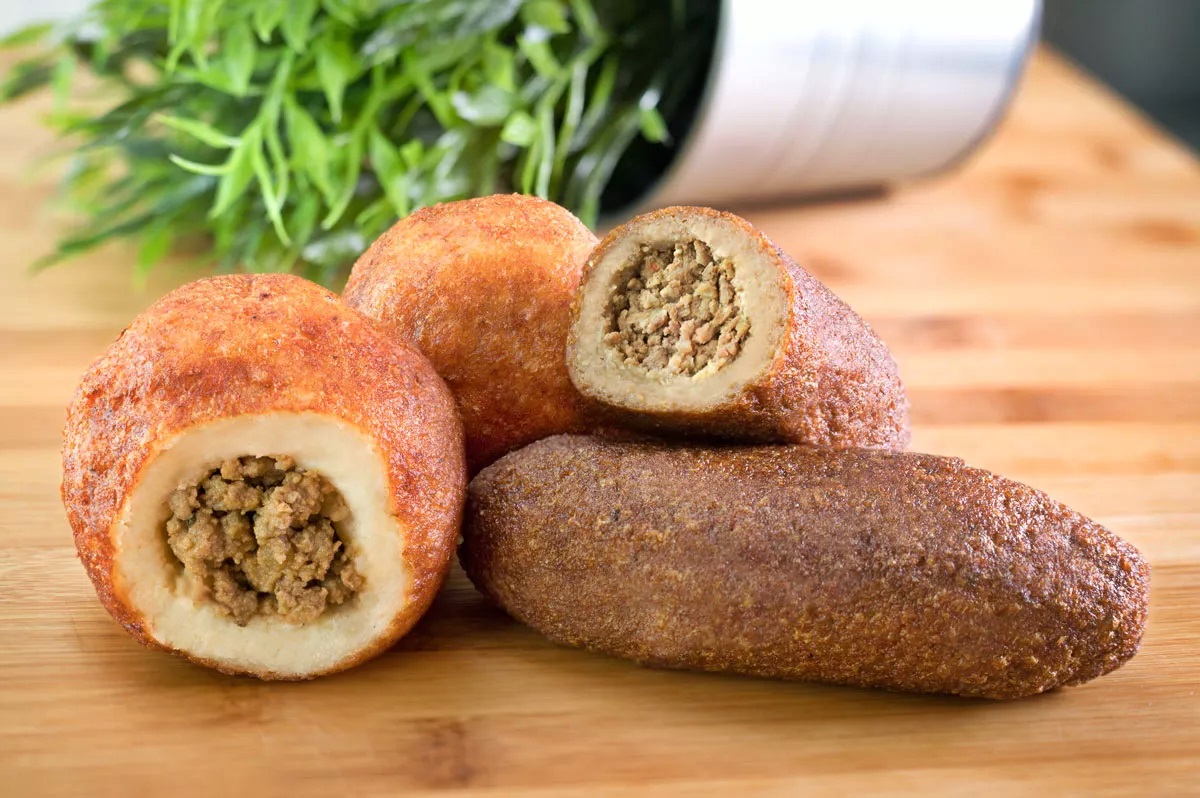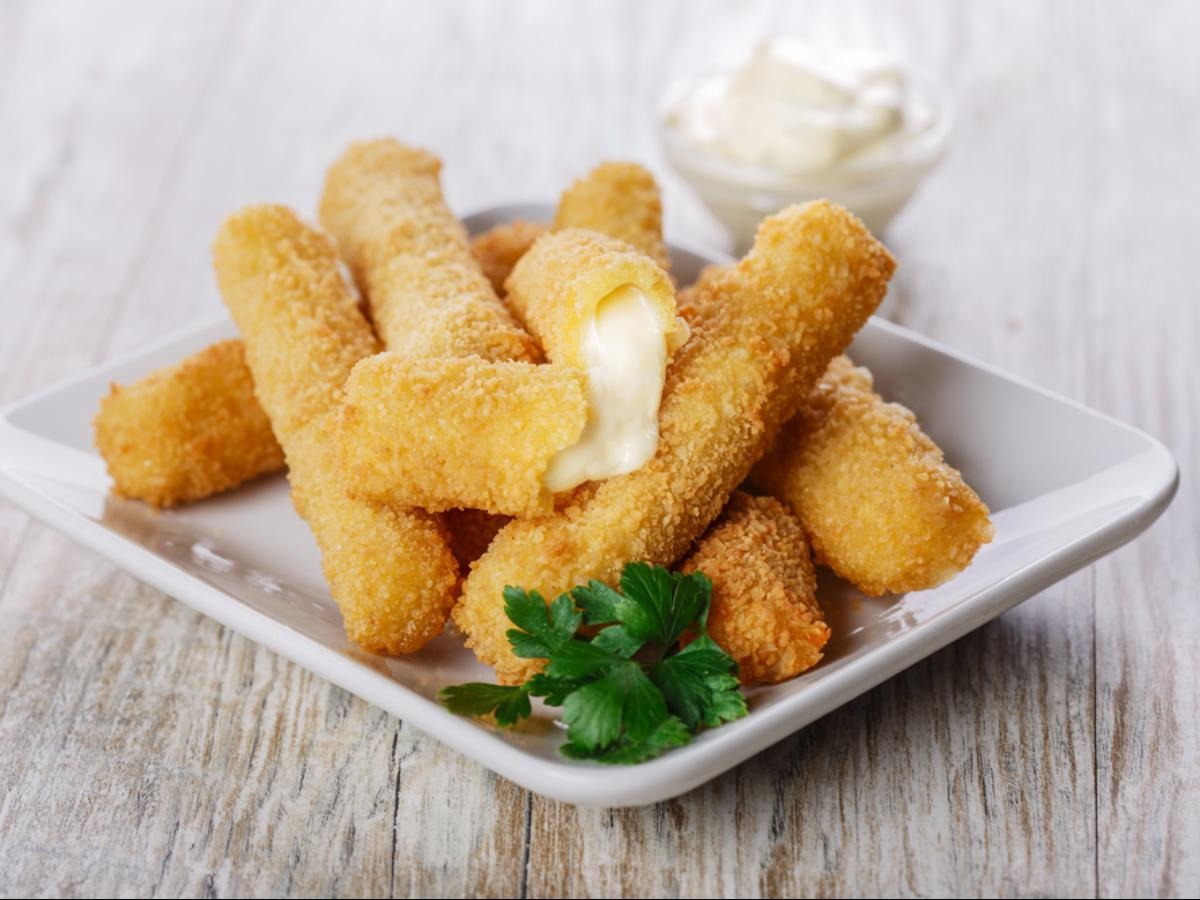How to Fry a Turkey: A Deliciously Crispy Feast
Are you ready to elevate your Thanksgiving feast to a whole new level of deliciousness? Look no further than the art of frying a turkey! This mouthwatering cooking technique locks in juices and delivers a crispy, golden-brown skin that will leave your guests begging for seconds. But before you dive into this culinary adventure, there are a few key steps to follow to ensure a safe and successful frying experience. So, gear up your apron and let’s get started!
Step 1: Gather Your Equipment
To fry a turkey, you’ll need the following equipment:
- Turkey Fryer: Invest in a high-quality turkey fryer with a built-in thermometer and safety features.
- Pot and Propane Burner: A large pot and a propane burner will serve as the base for your fryer.
- Propane Tank: Ensure you have enough propane to fuel the fryer for the duration of the cooking process.
- Meat Thermometer: A reliable meat thermometer will help you monitor the internal temperature of the turkey.
- Long Cooking Gloves: Protect your hands from heat with a sturdy pair of heat-resistant gloves.
- Fire Extinguisher: Safety should always come first. Keep a fire extinguisher nearby, just in case.
Step 2: Choose the Right Turkey
Opt for a turkey that is specifically labeled as suitable for frying. These turkeys are typically smaller and have less moisture, allowing for a quicker and more even cooking process. A turkey between 10-14 pounds is ideal for frying.
Step 3: Prepare the Marinade and Seasonings
One of the secrets to flavorful fried turkey is a well-marinated bird. Create your marinade using a combination of spices, herbs, and your choice of liquids such as buttermilk, beer, or a blend of citrus juices. Inject the marinade into different parts of the turkey, ensuring even distribution.
In addition to the marinade, season the outside of the turkey generously with your favorite spices and herbs. Common choices include salt, pepper, garlic powder, paprika, and thyme. Don’t be afraid to get creative and add your own signature touch.
Step 4: Prepare the Fryer and Oil
Follow the instructions provided with your turkey fryer to ensure proper setup and safety precautions. Fill the fryer with the appropriate amount of cooking oil, typically peanut or vegetable oil. Using too much oil may cause overflow, while too little oil may not fully cook the turkey.
Use your trusty thermometer to heat the oil to a temperature between 325-350°F (163-177°C). Maintaining the correct oil temperature is crucial for achieving that perfect crispy texture.
Step 5: Fry the Turkey
It’s showtime! When lowering the turkey into the hot oil, do it slowly and carefully to avoid any splashing. Maintain a safe distance from the fryer and use your long cooking gloves for added protection.
The general rule of thumb for frying a turkey is to cook it for about 3-4 minutes per pound. However, it’s essential to rely on the internal temperature to determine when it’s fully cooked. Insert the meat thermometer into the thickest part of the turkey without touching the bone. The recommended internal temperature for a fried turkey is 165°F (74°C).
Step 6: Let It Rest and Serve
Once the turkey has reached the desired temperature, carefully lift it out of the fryer and place it on a clean surface or a wire rack with a pan underneath to catch any drippings. Allow the turkey to rest for about 20 minutes before carving.
Carve the turkey into succulent slices and serve it alongside your favorite Thanksgiving side dishes. Prepare to bask in the glory of your perfectly fried creation as your taste buds are taken on an exquisite journey of flavors and textures.
Remember, safety is of utmost importance when frying a turkey, so keep a watchful eye throughout the entire process. With the right equipment and following these steps, your fried turkey will be the star of the feast and the talk of the town. Enjoy!
– Thaw the turkey completely and pat it dry before frying to prevent oil splattering.
– Ensure the turkey is not oversized for the fryer to avoid oil overflow.
– Use protective gear such as gloves and safety goggles to prevent injuries.
– Keep children and pets at a safe distance from the frying area.
– Monitor the temperature of the oil and the turkey throughout the frying process.
Was this page helpful?
Read Next: How To Fry Okra
